It may not seem like it to such short lived creatures as we humans but the Earth is really a very dynamic place. Yes, it’s true that we do notice the occasional outburst like an earthquake or volcanic eruption but we are hardly aware of the constant and steady but slow, emphasis on slow, movements of the ground beneath our feet. That movement is called Plate Tectonics and as an example the entire North American continent is moving westward at a rate of about five centimeters per year. Now that may not sound like a lot but for an entire continent, and remember the Earth has a lot of time for little movements to add up to big changes.
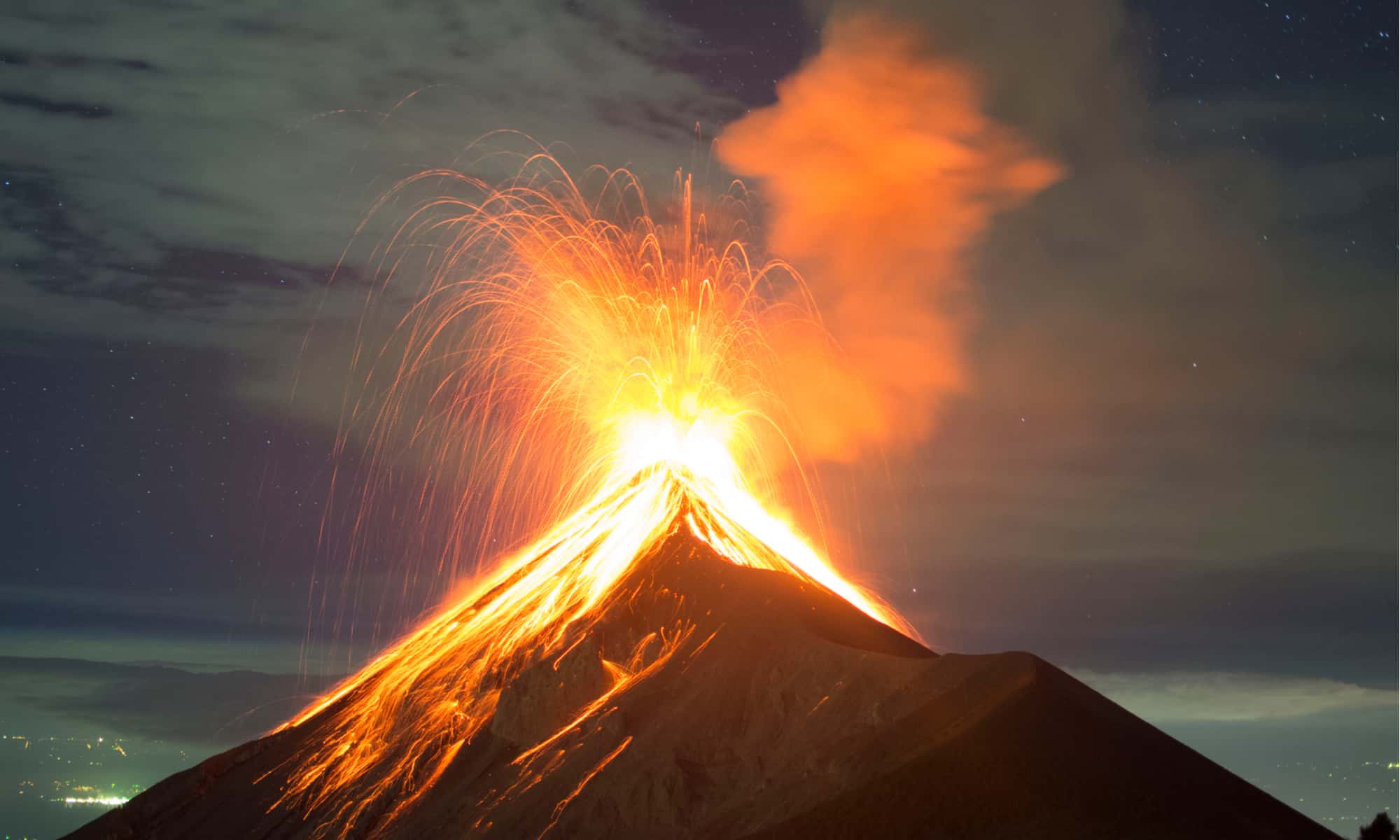
Today the surface of the globe consists of about fifteen different sections or plates, some big, some smaller, that push and squeeze against each other. Sometimes the plates grow, as when seafloor spreading is forcing North American and Europe apart. Sometimes they shrink as when subduction around the edge of the Pacific eats away at the largest plate.
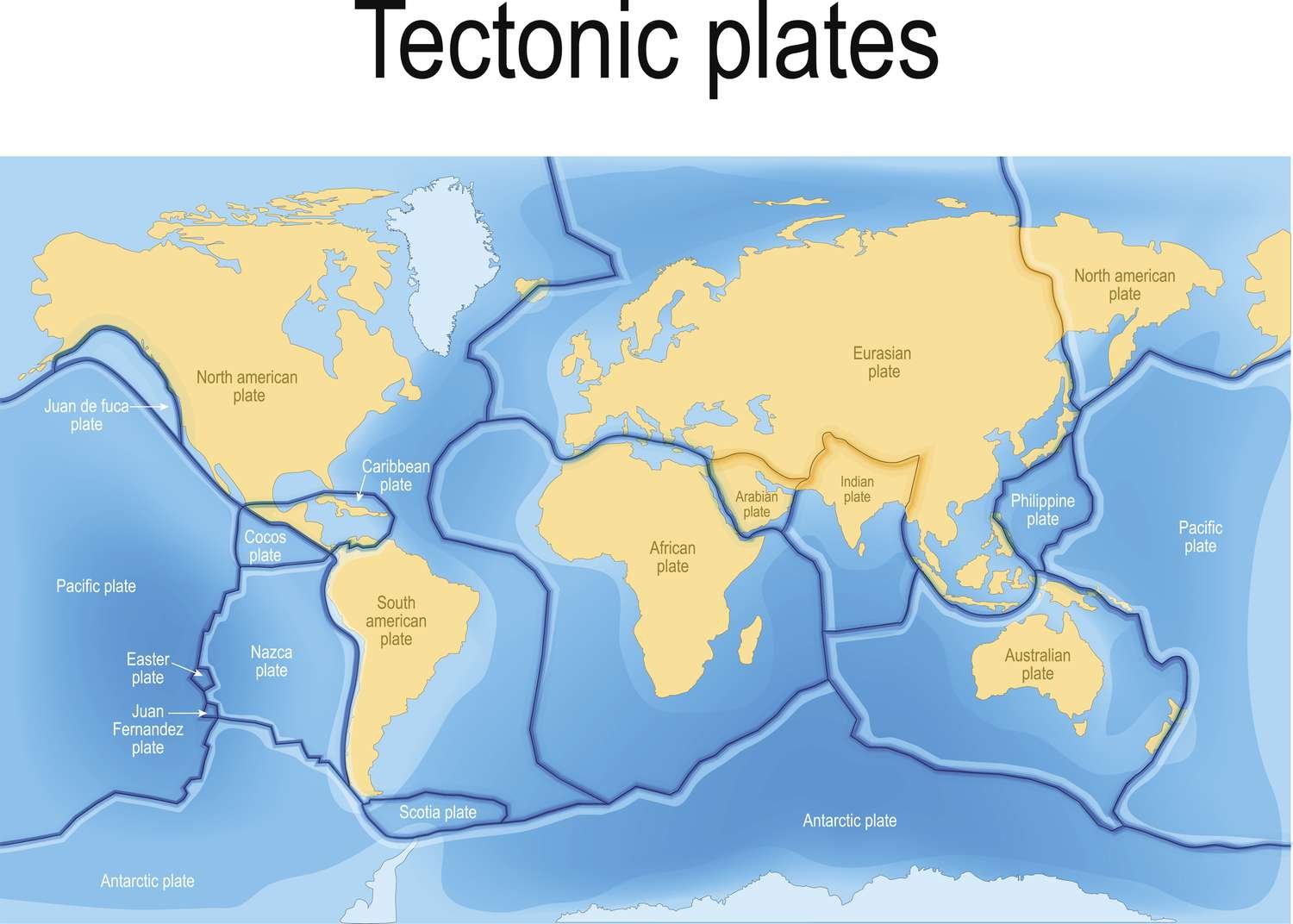
Geologists studying plate tectonics of course ask themselves just when in Earth’s history did the process of plate tectonics begin. They know for example that about 250 million years plate tectonics caused all of the land masses to come together to form one giant super-continent that’s been named ‘Pangaea’. However four and a half billion years ago the Earth’s surface was still molten so there certainly weren’t any tectonic plates back then.
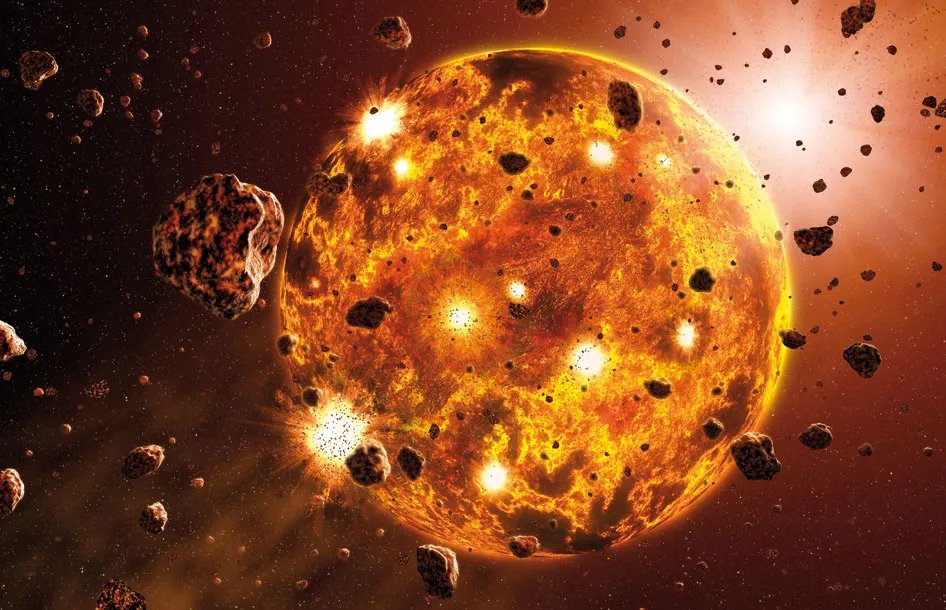
Did plate tectonics begin as soon as Earth had a solid surface? Or were there other processes at work on the early Earth before plate tectonics started? Just when did plate tectonics begin to reshape Earth’s surface?
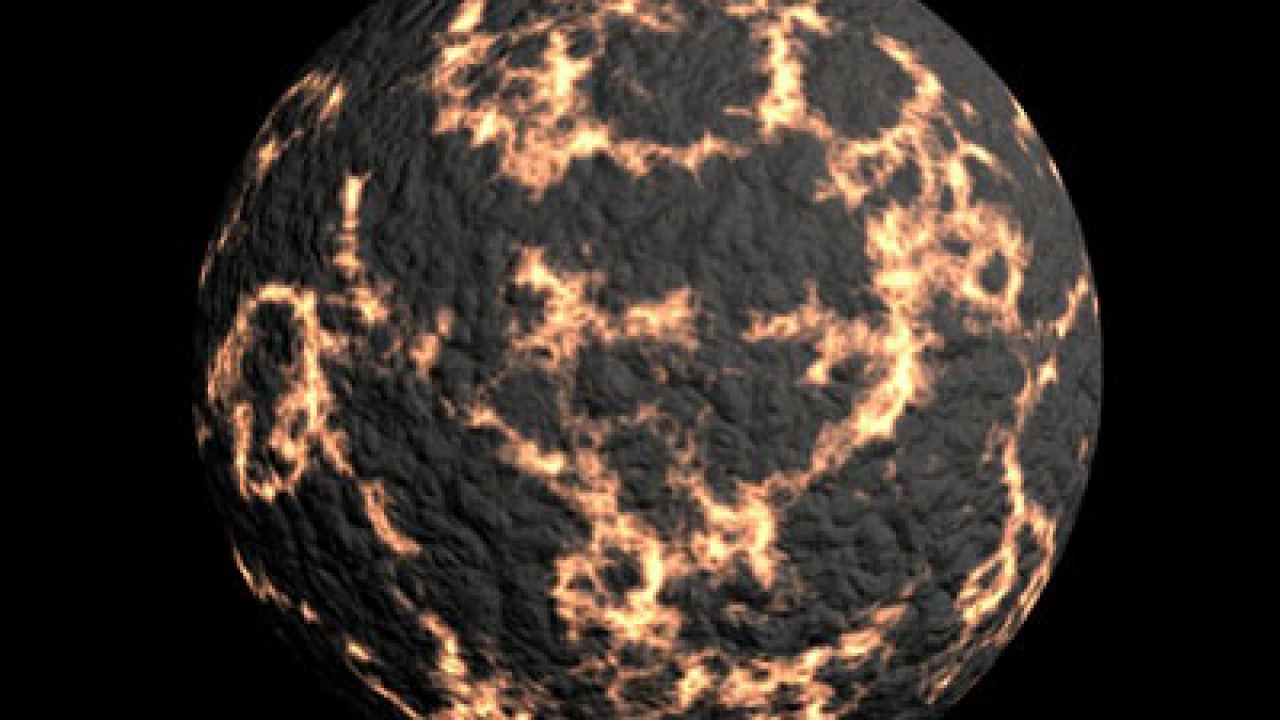
Recent evidence has been found in the Pilbara Craton region of western Australia which sheds light on that question. The rocks of the Craton are among the oldest on Earth’s surface, some are dated back to about 3.2 billion years ago. Using instruments and techniques of their own invention a team of geologists from Harvard University in the US led by Alec Brenner and Roger Fu showed that 3.2 billion years ago the entire Pilbara Craton region was moving at a speed of 6.1 centimeters per year, a rate very similar to that which our modern tectonic plates are moving.
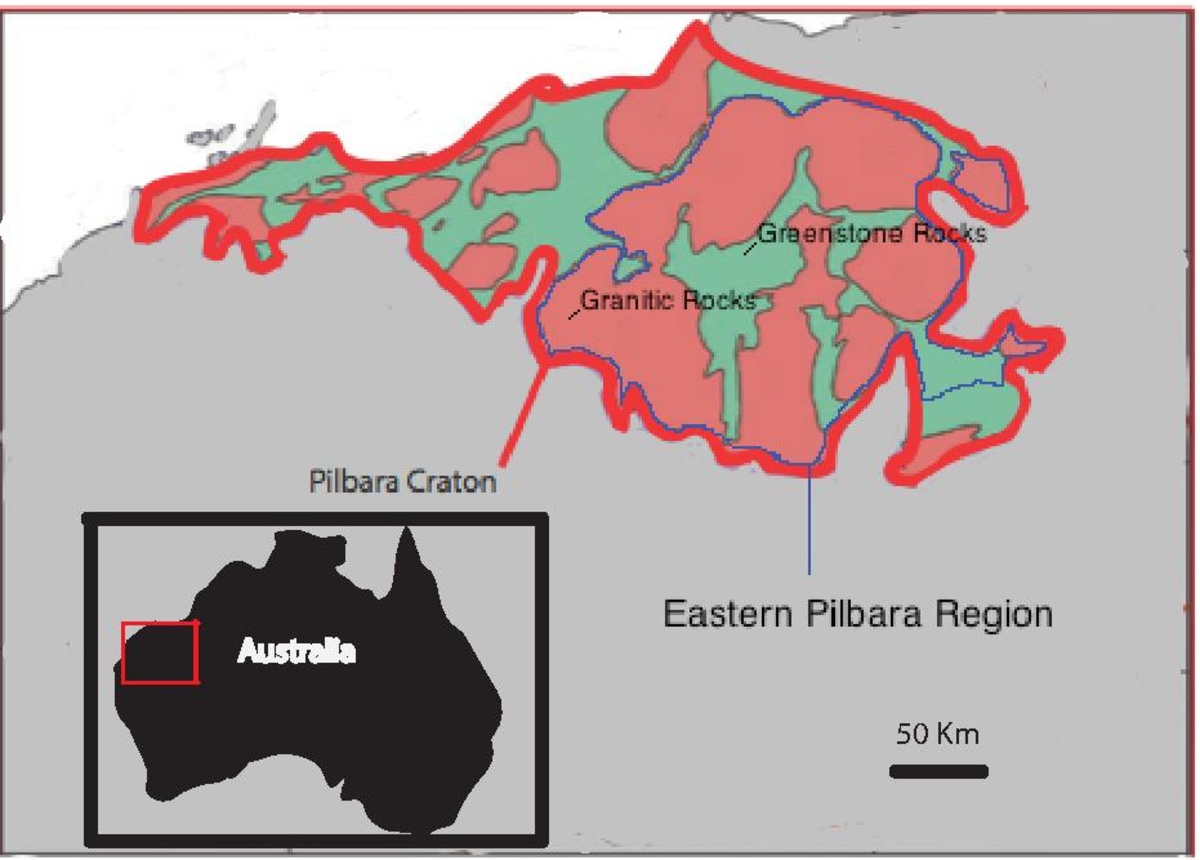

Doctors Brenner and Fu also found evidence for another of our planet’s dynamic processes, the flipping of Earth’s magnetic poles, north becoming south and south, north, see my posts of 8 February 2017 and 16 January 2017. While there is still a great deal that we don’t understand about how the magnetic poles flip, or why our planet even has magnetic poles for that matter, there is overwhelming evidence that they have flipped 183 times in the last 83 million years. Now the evidence that Brenner and Fu have uncovered shows that the poles have been switching for at least over three billion years.

Speaking of their discoveries Doctor Brenner remarked. “It paints this picture of an early Earth that was already really geodynamically mature. It had a lot of the same sorts of dynamic processes that result in an Earth that has essentially more stable environmental and surface conditions, making it more feasible for life to evolve and develop.”
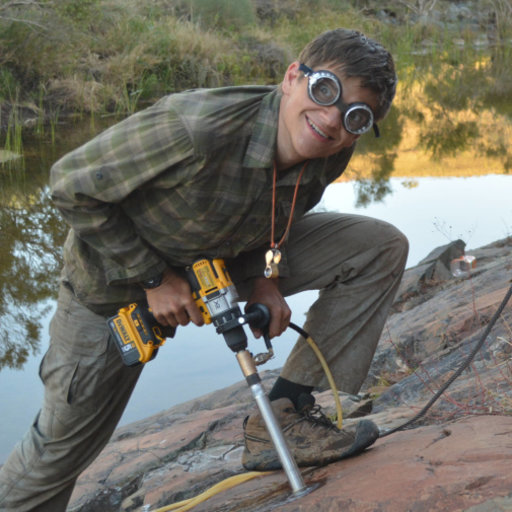
So plate tectonics has been causing Earth’s land masses to push and collide and bounce off of each other for over 3 billion years now. And as I mentioned above 250 million years ago all of the planet’s land masses were jammed together in a single super-continent. What about the future? Is another super-continent going to happen some day?
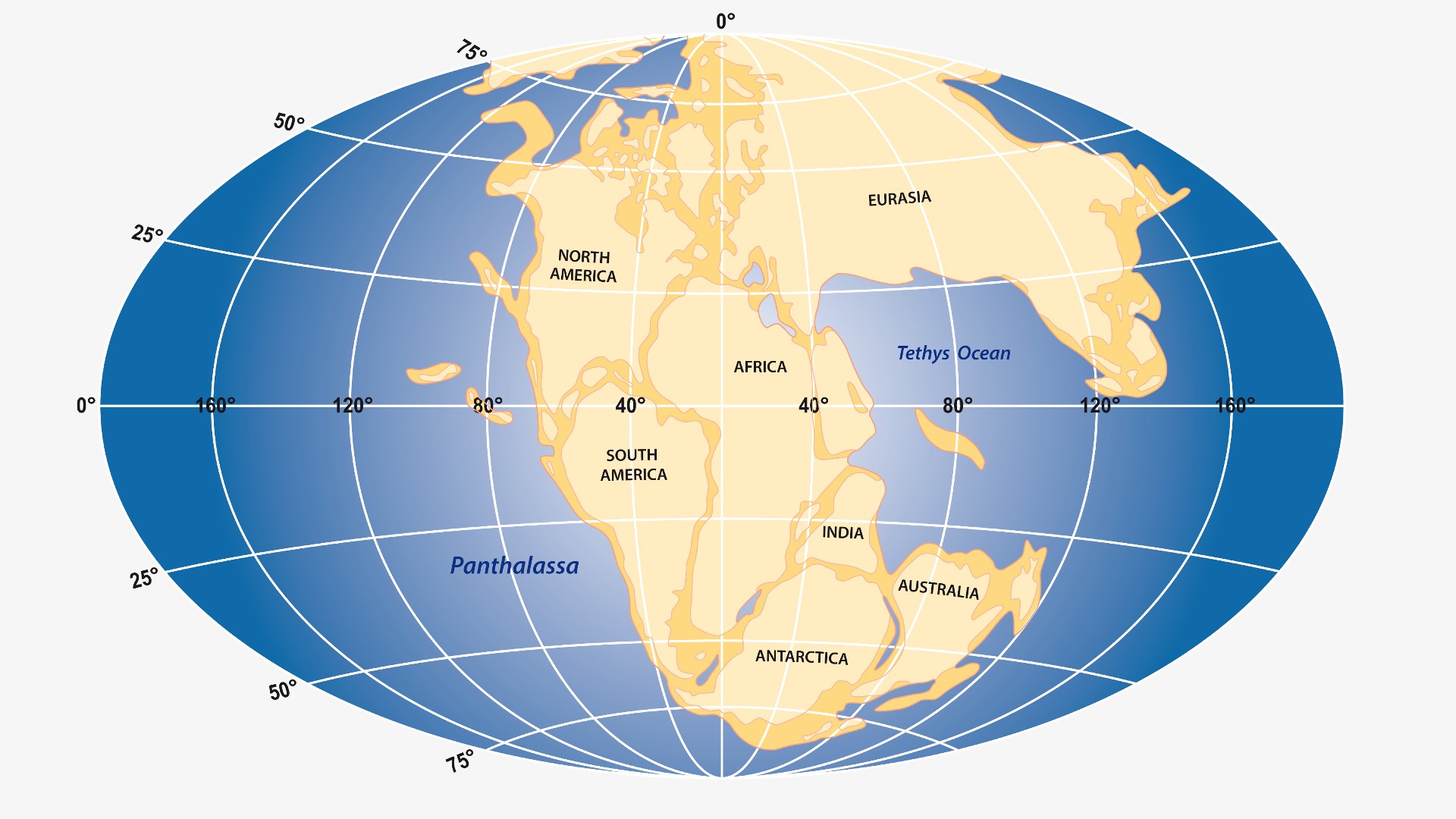
Yes, according to a new study conducted by researchers led by Australia’s Curtin University. In fact according to the model super-continents occur on Earth about every 600 million years so the next one should form about 280 million years from now around the North Pole.
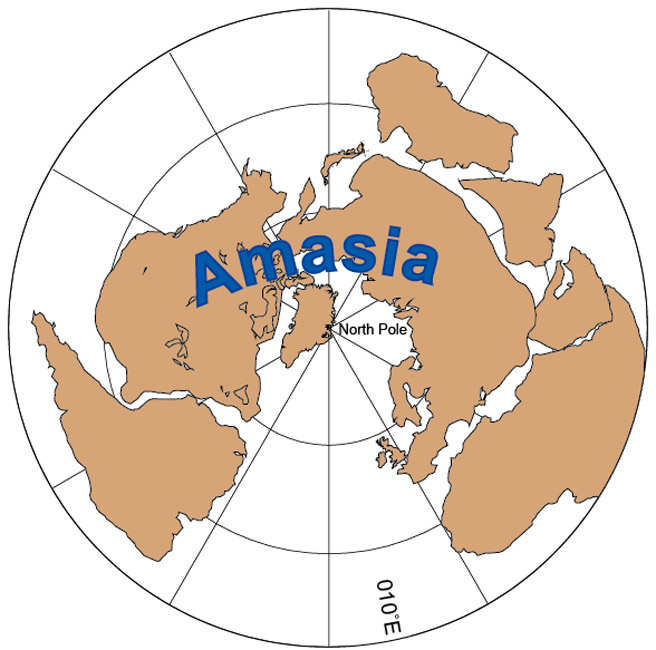
The researchers have already given the coming super-continent a name ‘Amasia’ because, according to led author Dr. Chuan Huang, it will form when North America and Asia collide causing the Pacific Ocean to vanish. Of course that’s not going to happen for a long time. A long time that is to such short lived mayflies as we humans.
